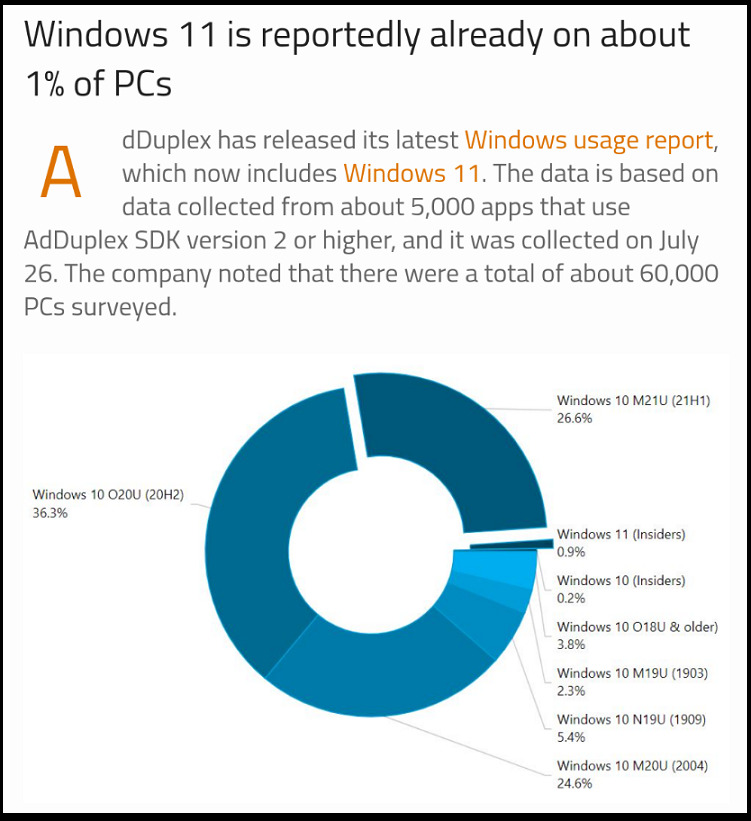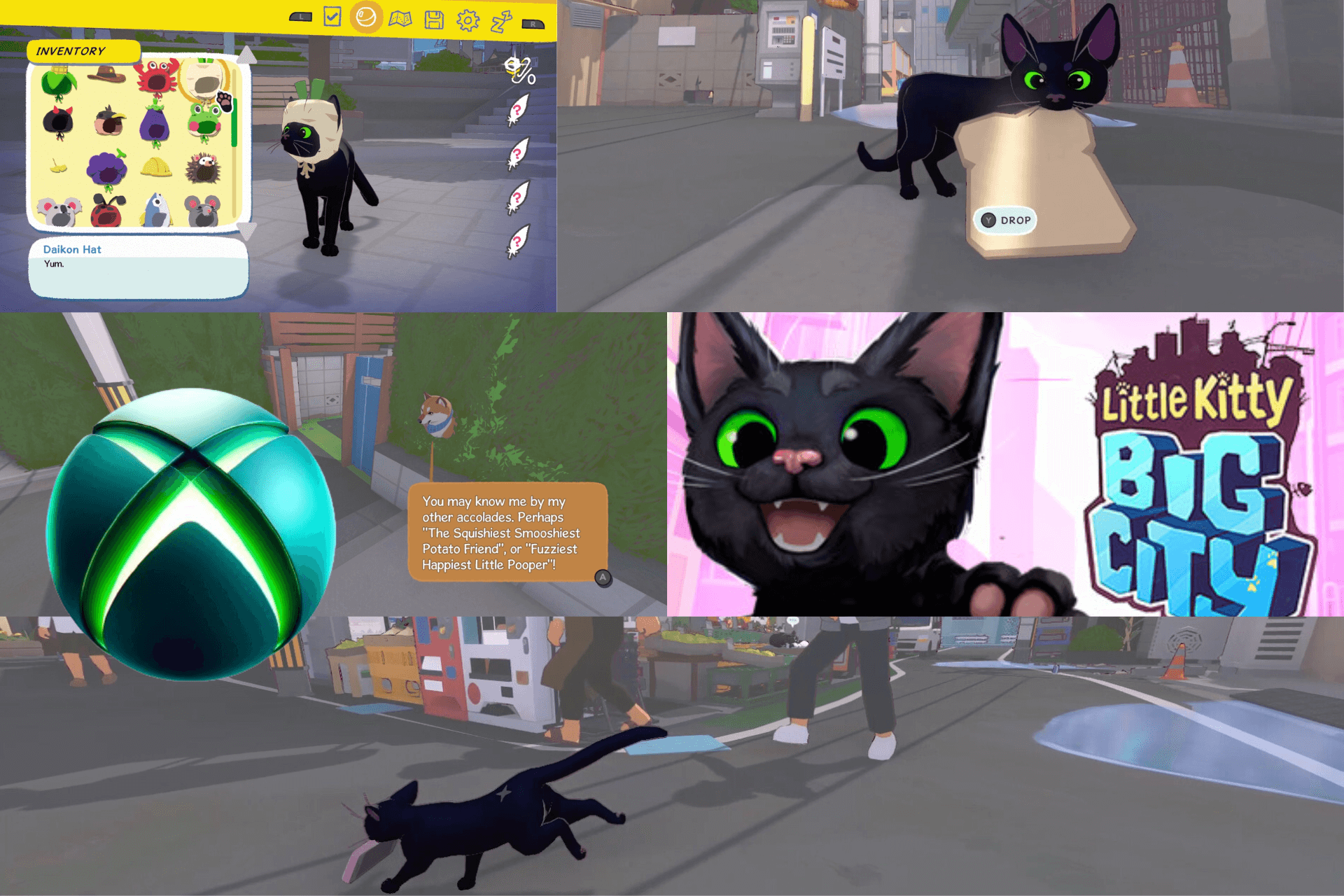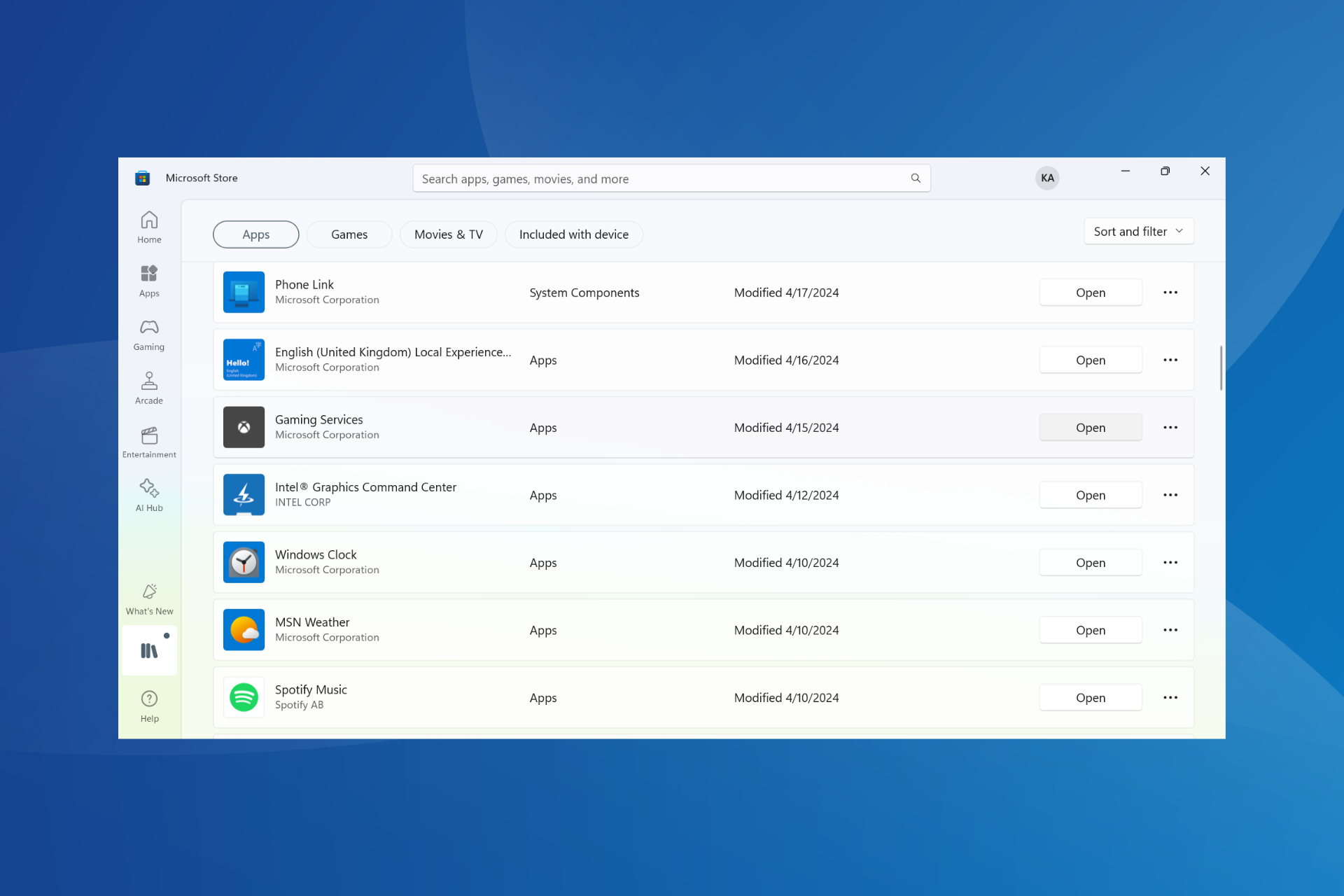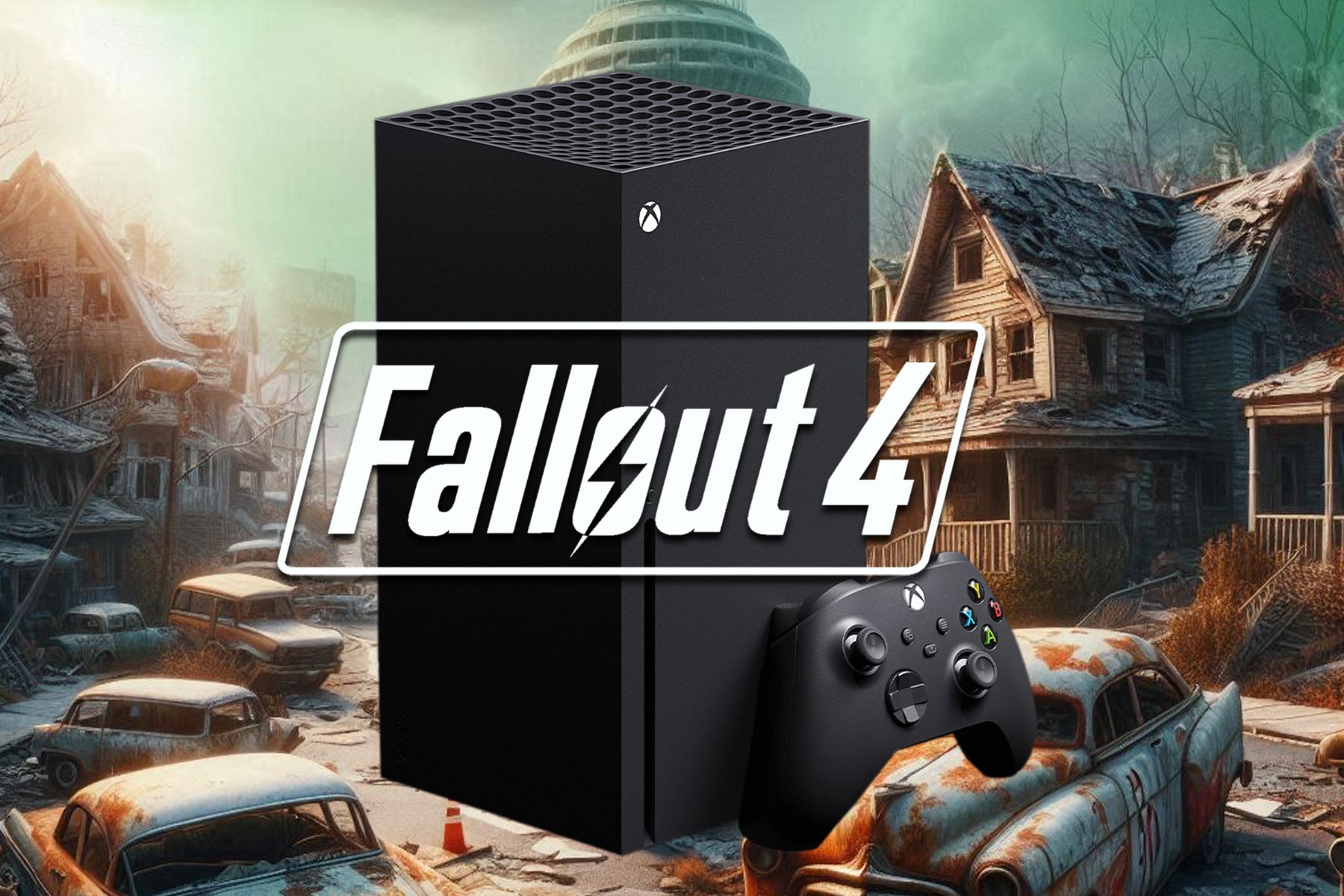Enterprises bump up Microsoft's revenue more than consumer products
4 min. read
Published on
Read our disclosure page to find out how can you help Windows Report sustain the editorial team Read more
Key notes
- Microsoft earned more revenue from enterprise-based services than by selling consumer-tailored products, last quarter.
- Hybrid work greatly boosted sales for Microsoft 365, Azure, and Dynamics services, according to the tech company.
- Another one of the top earners, based on the available information, is the business-focused social network Linkedin.
- Although they recorded an 11% revenue increase from selling new generation consoles, Xbox's content and services revenue decreased 4%.

The Redmond-based tech company has published its quarterly income and statistics data and some of the numbers seen there reflect the large differences between the different services they provide.
Given the fact that we went through serious isolation phases during this pandemic, you would even expect Xbox gaming services to have generated much more than they did before.
And even though they’ve sold a lot of new generation consoles for a lot of money, recording an 11% revenue growth, Xbox content and services revenue decreased 4%.
However, Microsoft scored big with products that tailor to a much wealthier niche, addressing all the growing needs of enterprises and capitalizing on the high demand.
Microsoft 365 service sales sky-rocketed
We’ve just mentioned the COVID-19 pandemic and the impact it had on companies all around the world. In order to keep up and continue existing, they’ve all turned to hybrid work as an alternative.
In turn, this paved the way for companies like Microsoft to score big, by providing services especially designed to suit such needs.
Hybrid work meant that more people were going to use Teams as a means of communications, and also resort to Microsoft 365 services in order to keep up productivity.
Just to give you an example, Microsoft 365 consumer subscribers increased to 51.9 million. In turn. this increase meant that Office consumer products and cloud services revenue increased by 18%.
Also, Office commercial products and cloud services revenue increased by another 20%. If we were to translate this into actual money, the sums would be in the order of hundreds of millions.
Furthermore, Microsoft’s server products and cloud services revenue increased by a staggering 34%. This is just to give you a better understanding of how much the global situation has influenced the supply and demand chain.
Overall, Microsoft revealed $46.2bn in revenue during the quarter ending June 30th, 2021, an increase of 21%. Operating income was $19.1bn (up 42%), with net income hitting $16.5bn (a rise of 47%).
Our results show that when we execute well and meet customers’ needs in differentiated ways in large and growing markets, we generate growth, as we’ve seen in our commercial cloud – and in new franchises we’ve built, including gaming, security, and LinkedIn, all of which surpassed $10 billion in annual revenue over the past three years.
Azure, Linkedin and Dynamics are also huge earners for Microsoft
The tech company’s FY21 Q4 report also revealed that its commercial cloud revenue grew by 36% each year, to a grand result of $19.5 billion.
Microsoft’s new CEO, Satya Nadella, praised the Azure department for its incredible results. And rightfully so, considering that the company’s Azure department generated giant revenue growth of 51%.
Also on the top scorer list was LinkedIn, as the business-focused social network brought a revenues increase of 46%, which was fuelled by a 97% growth in its marketing solutions.
Not surprising, considering that user numbers grew by 30% with record engagement. All of this lead to LinkedIn surpassing $10bn in revenues for the first time.
Another one of the Redmond giant’s MVPs for the last quarter is Dynamics, which also contributed generously to the company’s income, with products and cloud services revenue increasing by 33%.
What’s next for Microsoft?
Everyone is now excited about the new operating system and this will for sure be another great turning point in the company’s history.
Many of the companies that can technically perform a transition to the new OS, and can also afford it, will surely opt for this option.
This will again translate into great revenue increases for Microsoft. It’s already going great, considering that we’re still in the early testing stages of Windows 11 and there are already a lot of new OS users.

The waters haven’t exactly settled yet and a lot of employees are still working from home. This means that Microsoft-designed business solutions will still be in high demand for a long period of time.
While some thought that consumer products were going to top this list, enterprise-based services continue to be top earners for Microsoft.
We’re eager to check out the report for the next quarters and compare it to this one.
What’s your opinion on this statistical analysis? Share your opinion with us in the comments section below.








